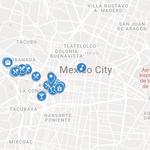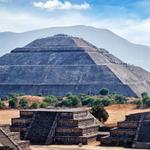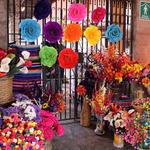
Things To Do
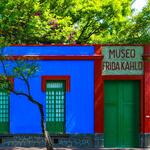
Frida Kahlo Museum
The Casa Azul (Blue House) is Frida Kahlo’s private universe. She spent most of her life here, first with her family and, years later, at Diego Rivera’s side. They hosted a fascinating array of luminaries from Mexico and abroad, drawn by the charisma of both artists.
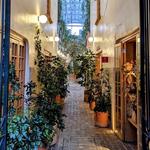
El Parián
El Parián is re-conceived as a neighborhood center for the Roma neighborhood, housing a range of businesses and shops. The architectural concept is introducing the building to the streets, through the main hallway that joins Alvaro Obregon Avenue with Chihuahua Street.
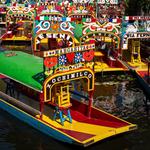
Trajineras Xochimilco Boat Tour
The trajineras are small wooden boats decorated with bright colors and nativite flowers. They have capacity for several people and are propelled by a rower who uses a long wooden stick called an oar to move through the canals. The trajineras of Xochimilco are an integral part of the culture and history of the region.
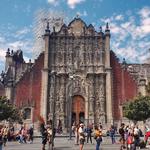
Mexico City Metropolitan Cathedral
Built on top of the capital of the Aztec empire, Tenochtitlan, Mexico City’s Metropolitan Cathedral exemplifies the dynamic nature of a city and nation influenced by its indigenous and colonial histories. The Cathedral complex is the seat of the Roman Catholic Archdiocese of Mexico and is composed of four buildings: the cathedral, the sagrario or sacristy, the Capilla de las Animas, and the Ex curia building. The expansively ornate cathedral draws visitors from around the world and remains an active religious center for Mexicans today.

Coyoacan Market
Vibrant, 2-story marketplace in operation since 1921, with food stalls, apparel, art & souvenirs. Only a 7 minute walk away from the Frida Kahlo Museum.

Avenida Presidente Masaryk
Noted for its luxury shopping along Presidente Masaryk Avenue, the most expensive street in Mexico, as well as for the numerous prominent cultural institutions located within the neighborhood.
